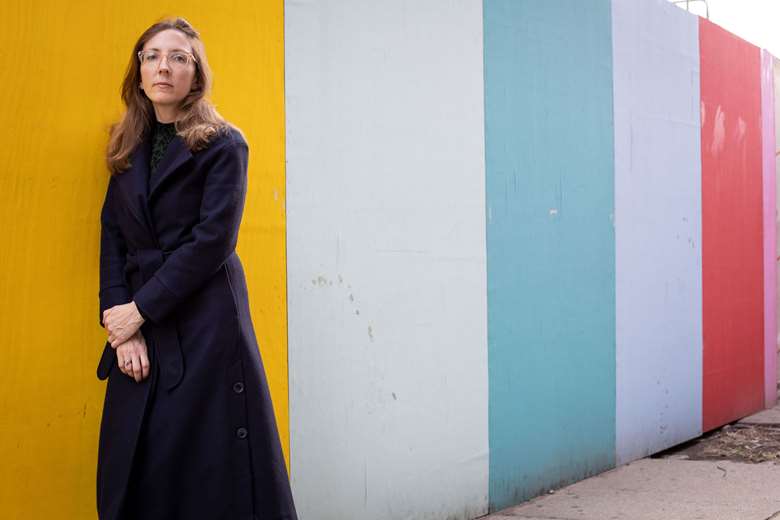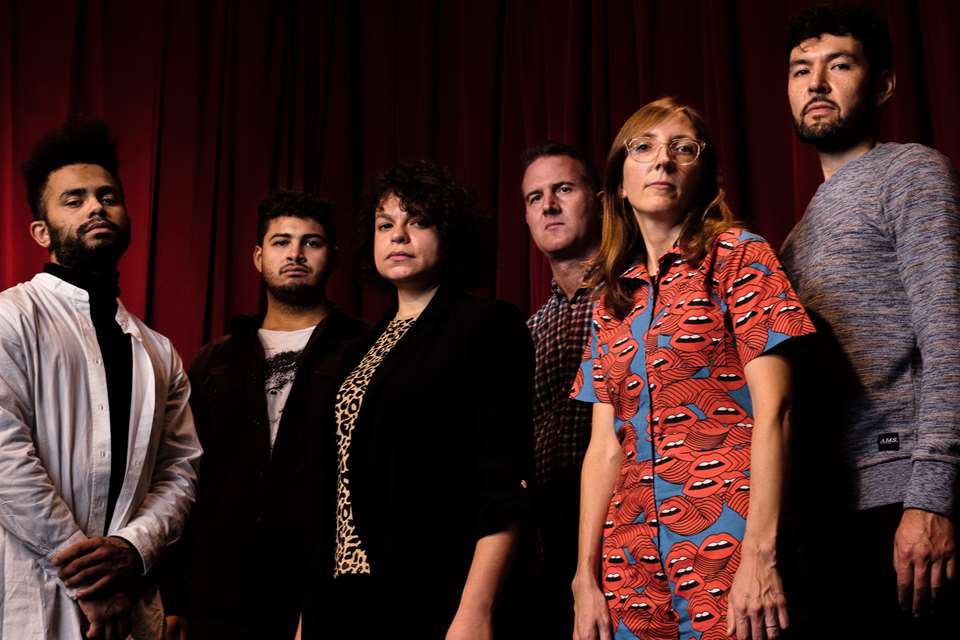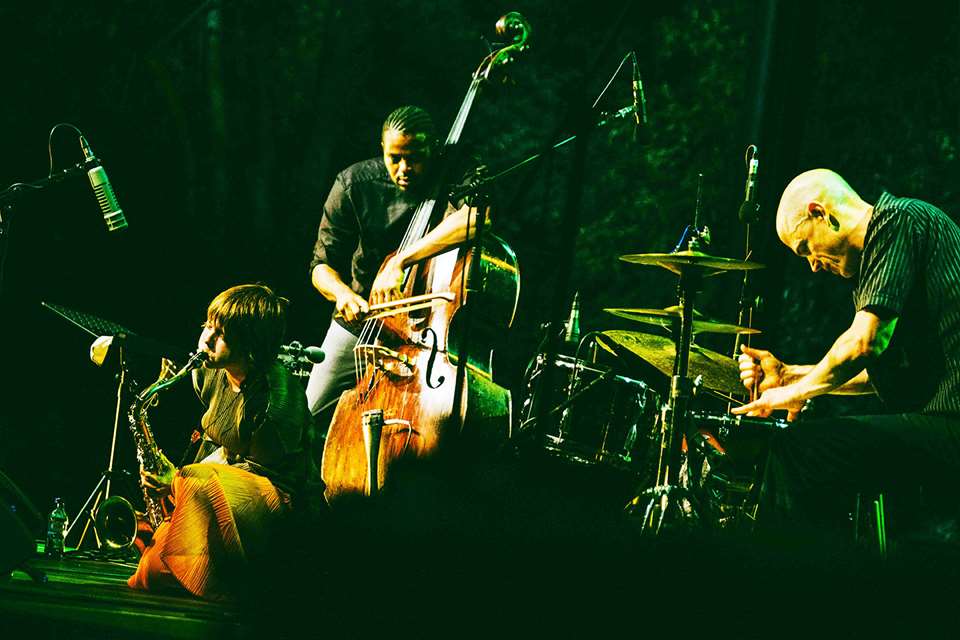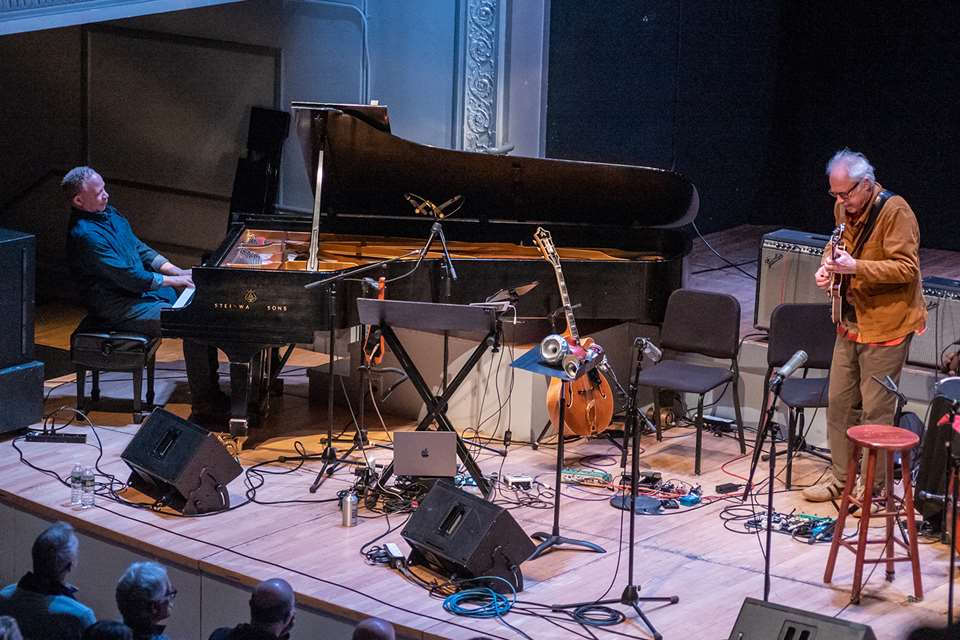Mary Halvorson interview: “I can feel how the flow of a basketball game can be analogous with music”
Andy Robson
Tuesday, February 20, 2024
One of the most gifted – and exciting – guitarists of her generation, Mary Halvorson is back with a thrilling new album that pays tribute to two undersung musical heroes and explores the mysteries of Tarot cards


Register now to continue reading

Thank you for visiting Jazzwise.co.uk. Sign up for a free account today to enjoy the following benefits:
- Free access to 3 subscriber-only articles per month
- Unlimited access to our news, live reviews and artist pages
- Free email newsletter


